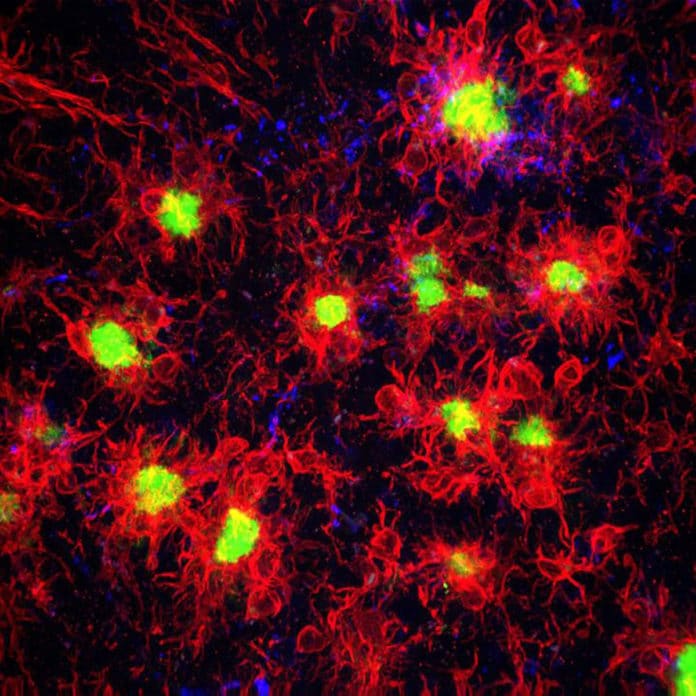Alzheimer’s risk genes are turned on in microglia- a type of neuroglia (glial cell) located throughout the brain and spinal cord- suggesting these cells play a role in the disease. However, it has not well understood exactly what the microglia are doing and whether they are significant in the initial Alzheimer’s process.
Now, scientists from the University of California, Irvine School of Biological Sciences have discovered how to forestall Alzheimer’s disease in a laboratory setting, a finding that could one day help in devising targeted drugs that prevent it.
During the study, scientists removed microglia from rodent models of Alzheimer’s disease, beta-amyloid plaques – the hallmark pathology of AD – never formed. They used a medication that blocks microglia signaling that is fundamental for their survival.
Kim Green, associate professor of neurobiology & behavior, said, “What was striking about these studies is we found that in areas without microglia, plaques didn’t form. However, in places where microglia survived, plaques did develop. You don’t have Alzheimer’s without plaques, and we now know microglia are a necessary component in the development of Alzheimer’s.”
“We also discovered that when plaques are present, microglia perceive them as harmful and attack them. However, the attack also switches off genes in neurons needed for normal brain functioning. This finding underlines the crucial role of these brain immune cells in the development and progression of Alzheimer’s.”
Scientists noted, “The discovery holds promise for creating future drugs that prevent the disease. We are not proposing to remove all microglia from the brain. The importance of microglia in regulating other brain functions. What could be possible is devising therapeutics that affect microglia in targeted ways.”
Their study will appear Aug. 21 in the journal Nature Communications.
